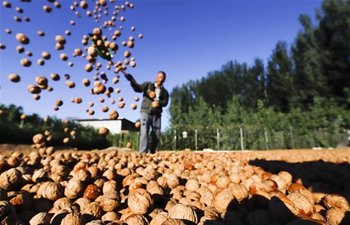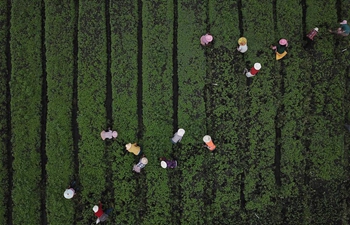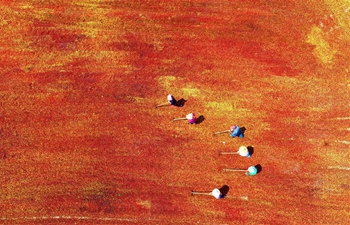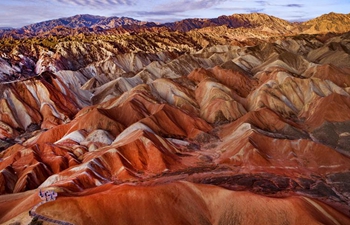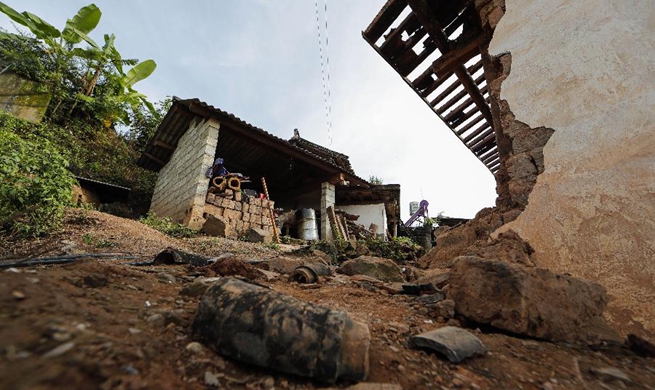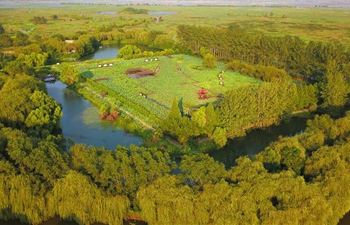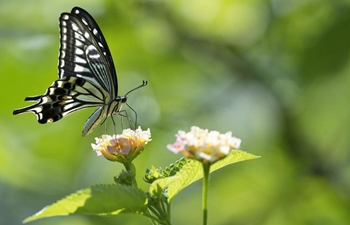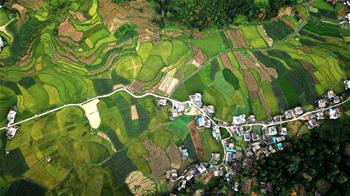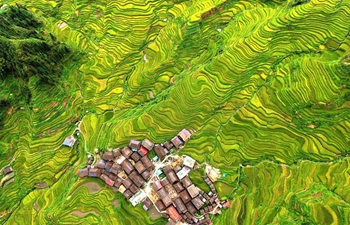by Raul Menchaca
HAVANA, Sept. 8 (Xinhua) -- Each year Saharan Dust moves westward, causing health problems among Cuba's allergy and asthma sufferers, but also hindering Atlantic hurricanes, according to Cuba's Institute of Meteorology (Insmet).
Known to scientists as the Saharan Air Layer, the cloud of sand and dust particles originates over Africa's dry, hot deserts and floats over the Atlantic Ocean inhibiting the formation of cyclones, Insmet research shows.
Insmet's Dr. Eugenio Mojena recently explained to reporters that the layer is a very hot air mass with low humidity, creating a hostile environment for tropical cyclones.
"That's why today Saharan Dust is increasingly recognized as a strong regulating factor for cyclonic activity in our geographical area," said Mojena.
However, the dust cloud is harmful to health because it contains minerals such as iron, calcium, phosphorus, silicon and mercury, and carries viruses, bacteria, fungi, pathogenic mites, staphylococci and other organic contaminants.
Starting in spring and peaking in summer, some 90 million tons of dust makes its way across the ocean, usually after a storm in the desert. Experts estimate the amount of dust disseminated in the atmosphere has grown tenfold in the last five decades.
The clouds, which can measure up to seven kilometers in height, are blown west by trade winds and spread through the Caribbean, southeast States, Mexico and Central America.
This year in Cuba, Saharan Dust concentrations were most notable in the months of June and July, and the first half of August, though the clouds normally arrive here between March and April, with this year's first cloud arriving on March 19.
Saharan Dust, which creates a dense haze that limits visibility, has turned the Caribbean into a true corridor of asthma and other respiratory diseases, especially in people over 65 and children under four, in addition to triggering allergies and skin problems, said Mojena.
The phenomenon also impacts oceans, he said, harming coral reefs as the clouds favor the migration and propagation of an endemic African mushroom that attacks coral; and exacerbating red tide events associated with large algal blooms, many of them toxic.


